pH Measurements of Uncommon Solutions


You are often required to report pH of solutions such as strong acids, strong alkalis and non-aqueous solutions. Under such circumstances you are sure to question the reliability of your results. In this article you will be offered some useful suggestions on how to ensure high degree of accuracy and reliability of your results when analyzing such solutions.
Very strong acids and alkalis
I’m sure you must have wondered at some point of time on existence of strong acids or alkalis with pH values less than 1 or higher than 14 and whether the pH meter is capable of measuring such pH values. The answer to this question is Yes – such solutions exist but due to limitations of pH measurement it is not advisable to use the glass electrode for such measurements without taking into consideration the limitations of the measuring glass electrode.
Strong acids
Important piece of advice – never dip the glass electrode in hydrofluoric acid as it will attack the glass membrane resulting in permanent damage.
Any acid having morality higher than 1 will theoretically have pH in the negative range
| Molarity of HCL (M) | pH = – log (M) |
| 1 | 0 |
| 5 | -0.7 |
| 10 | -1.0 |
| 15 | -1.17 |
However, you’re not advised to dip a glass electrode to verify pH of such solutions as you will never be able to get the true response due to inherent ‘acid error’. which results in higher pH than actual pH and it is very difficult to apply correction to obtain the true pH value. Strong acids do not fully dissociate at high concentration so the actual pH would be higher than the pH you would calculate theoretically from molarity.
Strong alkalis
In the normal pH range glass electrode is highly selective to hydrogen ion concentration. However, in strong alkaline solutions (pH > 12)’ alkaline error’ starts interfering with results. Na+ in particular start interfering with the results by replacing the H+ ions in the outer layer of glass membrane. This results in lower pH value than the actual value. Under very high alkaline concentration the glass membrane starts responding only to Na + ions resulting in non-linear relation between pH and potential. Use of special glass membranes can reduce the alkaline error at high pH values but it cannot be totally eliminated
To summarize use of glass electrode should be restricted to measurements over the pH range 1-12 for the desired scale of accuracy and reliability.
Non-Aqueous organic solutions
Measurement of pH of the non-aqueous solutions poses problems such as unstable readings resulting from long response time and errors. Such errors arise due to higher sample resistance, bulb dehydration and unstable junction potentials. Such problems are often corrected by adopting following useful tips:
- Use an electrode with a low glass membrane resistance to reduce unstable readings and noise
- Dehydration results in slow response. Keep glass electrode properly wetted to prevent dehydration of glass bulb.
- Rinse electrode with a suitable solvent or filling solution to dissolve and remove contamination after making measurements on viscous samples such as grease and oils.
- Filling solution should be made as compatible as possible with measured solution. Refillable electrodes using methanol and deionized water saturated with KCl is recommended to stabilize junction potentials.
- Epoxy body electrodes should not be used with highly polar organic solvents. In such cases a glass electrode should be used.
In my last article on Correct Handling and Care of pH meter the importance of pH measurements was emphasized in all laboratories irrespective of size or applications. A number of useful tips were also provided on proper handling and care of the pH meter when working with common aqueous solutions.
We have seen that pH measurement is indispensible in industry and research laboratories In my next article I shall cover the different types of pH electrodes available for special sampling requirements.

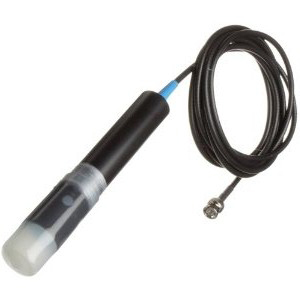
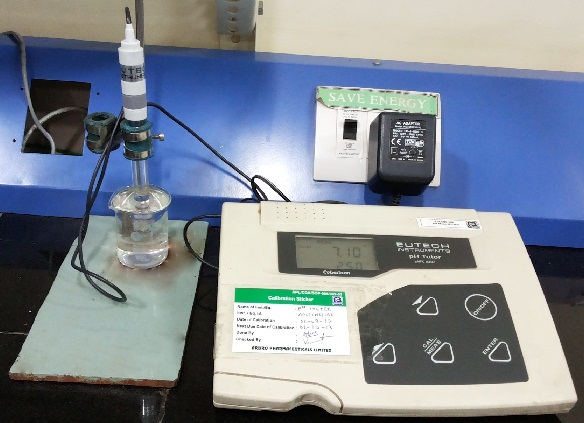
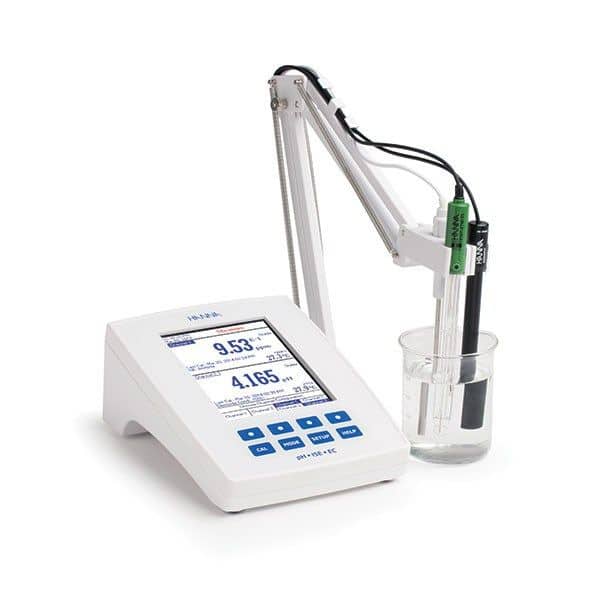
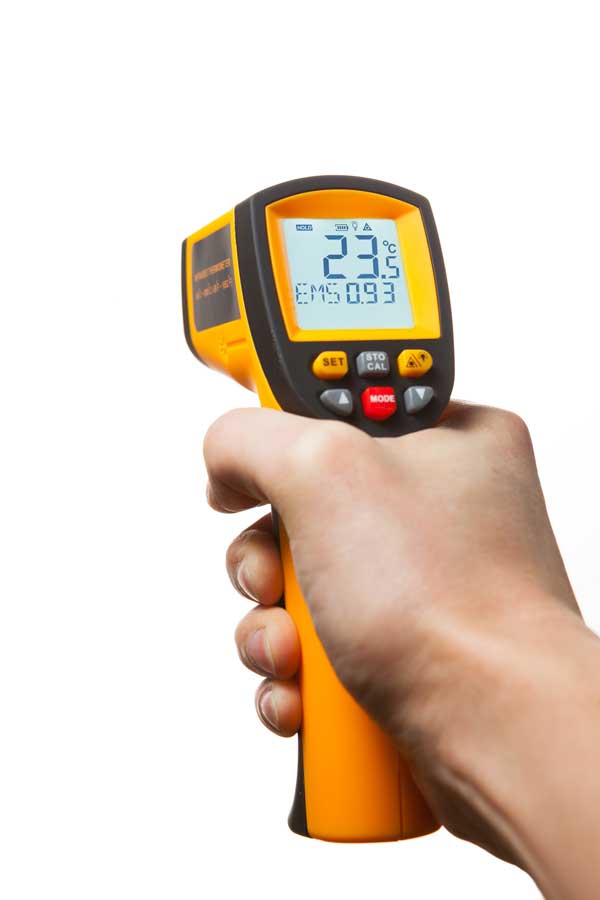
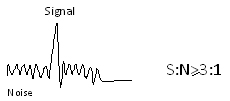
Thank you very much for the brilliant note on pH measurement. I was wondering if the information provided here covers for sulfuric acid and nitric acid.
Nice to note that the article was useful.The article covers strong acids such as nitric acid and sulphuric acids as well when pH is measured at values 1 or below 1.
For very high acid/alkaline solutions, a better approach is to measure acidity/alkalinity by titration.
In non aqueous solvents, the pH scale is different. A solution with a measured pH 7 may not be interpreted as neutral.
Thanks Cornel for the comment.